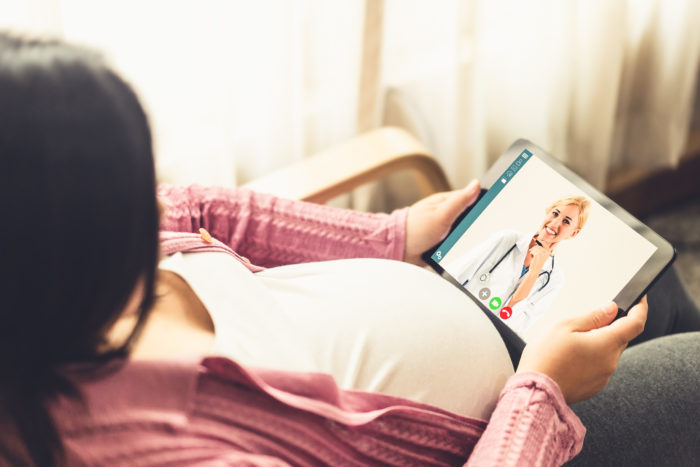Pregnant Women’s New Ally
January 14, 2021
Before this day is over, two women in the U.S. will die in childbirth or as the result of a pregnancy complication. Chances are high that both deaths could have been avoided with access to proper medical care.

Perhaps that’s why the U.S. Department of Health and Human Services recently issued an aggressive Action Plan on maternal deaths in America. Despite having the world’s highest level of health care spending, the U.S. ranks a dismal 55th when it comes to protecting the lives of new mothers and mothers-to-be.
The Action Plan is ambitious. It aims to reduce America’s maternal death rate by 50%. Meanwhile, Surgeon General Jerome M. Adams released a complementary Call to Action to Improve Maternal Health. It focuses on the uncomfortable truth that Black, American Indian and Alaska Native women are two to three times more likely to die from pregnancy-related complications than are white, Hispanic and Asian/Pacific Islander women.
As the action plan explains, one tool that could help address disparities and reduce maternal complications is telehealth.
Telehealth allows patients to consult with their health care providers via phone, computer, tablet or mobile device without traveling to a hospital or doctor’s office. The technology could provide continuity of care for patients who may otherwise miss an appointment.
One-on-one video connections between providers and patients are the most familiar form of telehealth today. But the technology supports far more sophisticated applications.
Women with low-risk pregnancies who live far from their doctor, for example, can be provided and coached on using at home monitoring tools that would allow them to track measures such as fetal heart rate and growth, and maternal blood pressure. This information can be transmitted to their provider. Routine monitoring can be managed using this approach, saving in-person visits for when an ultrasound or other diagnostic test is necessary.
Telehealth could also be a potential lifeline for women who lack access to obstetrical care because of the scarcity of specialists in rural areas. A videoconference visit, for example, could include the patient, her rural health care provider and her specialist, who may be located in an urban area or at an academic medical center. In these scenarios, the specialist can view ultrasounds and other examination results that were obtained locally, often in real time, and provide guidance on future care.
To realize the full potential of telemedicine for pregnant women as well as other patients, America has to make several policy changes:
- Continuing coverage for the broad range of telehealth services temporarily approved for the COVID-19 emergency.
- Updating state licensing restrictions to allow patients access via telehealth to the clinicians of their choice, even if the providers are in another state.
- Ensuring payment parity between telemedicine and in-office visits. Appropriate reimbursement will allow health care providers to continue offering telehealth services.
- Broadly defining telehealth services to include low-tech applications like audio-only phone consultations, for patients who don’t have smartphones or wi-fi enabled tablets.
- Increasing high-speed internet connectivity where it’s not yet available.
The effort to work through these issues is more than justified by the benefits telehealth brings to American health care, especially to the lives of pregnant women.
Tags: Infant, TelehealthCategorized in: Blog

